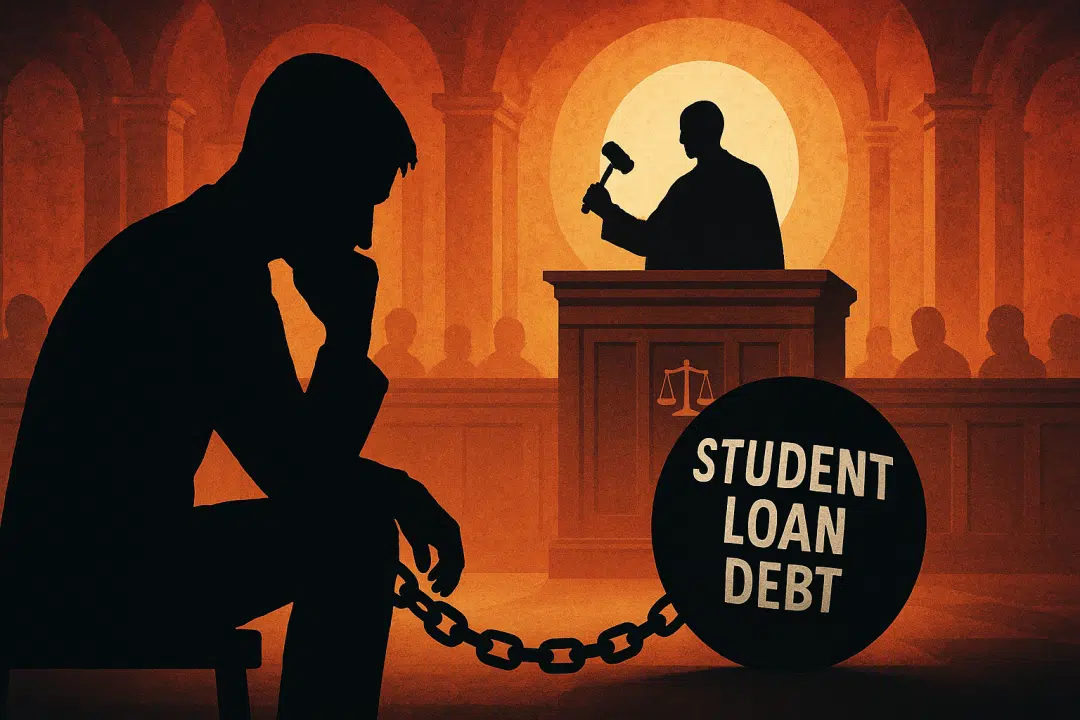
Student loan delinquency is surging across the United States, according to new data from personal finance platform WalletHub. In the first quarter of 2025, 32 states reported rising delinquency rates on student loans—underscoring the financial strain facing borrowers after the end of pandemic-era forbearance programs.
New York’s growing student loan burden
WalletHub’s analysis ranks New York 15th among states where student loan delinquency has increased the most. The share of delinquent student loans in the Empire State rose to 0.86% in Q1 2025, a 26.27% increase compared to the final quarter of 2024.
While New York doesn’t top the list, the upward trend reflects a broader national issue. For many borrowers, the resumption of payments—after years of pauses—has triggered new financial pressure, especially as inflation and other consumer debts weigh heavily on household budgets.
Top 5 states with the largest delinquency increases
WalletHub’s report highlights several states where delinquency is rising at an alarming pace:
- Missouri: 59.6% increase (0.89% total delinquency)
- Hawaii: 53.8% increase (0.27%)
- Vermont: 52.9% increase (1.53%)
- West Virginia: 47.9% increase (0.78%)
- Arizona: 45.5% increase (0.80%)
These increases come even in states where average loan balances or monthly payments are relatively low. For example, Missouri ranks just 24th in total student loan debt burden, with an average monthly payment of only $166—among the lowest in the nation.
Expert insight: What borrowers should know
“Being delinquent on student loans has the potential to ruin your finances and your credit score,” said John Kiernan, Editor at WalletHub. “But if you’ve only recently become delinquent, you do have time to get back on track.”
Kiernan explains that federal student loans aren’t typically reported to credit bureaus as delinquent until 90 days past due, while private loans may report delinquencies after just 30 days. The key, he says, is to contact lenders early to explore deferment, income-driven repayment plans, or other relief options.
Why delinquencies are rising now
Several key factors may be driving the spike in missed payments:
- End of COVID-era forbearance: The federal pause on student loan payments ended in 2023, forcing millions to resume payments in a changed economic landscape.
- Rising consumer debt: In states like Vermont and Hawaii, surges in credit card and auto loan balances may be compounding financial stress.
- Inflation and cost of living: Even with relatively low student loan payments, many households are now juggling rising rent, grocery, and utility costs.
What borrowers can do now
Borrowers facing difficulties should take action quickly:
- Contact lenders to ask about income-driven repayment plans or forbearance options.
- Monitor credit reports to catch any early signs of financial trouble.
- Prioritize federal loans with more lenient delinquency timelines over private loans, which may penalize earlier.
